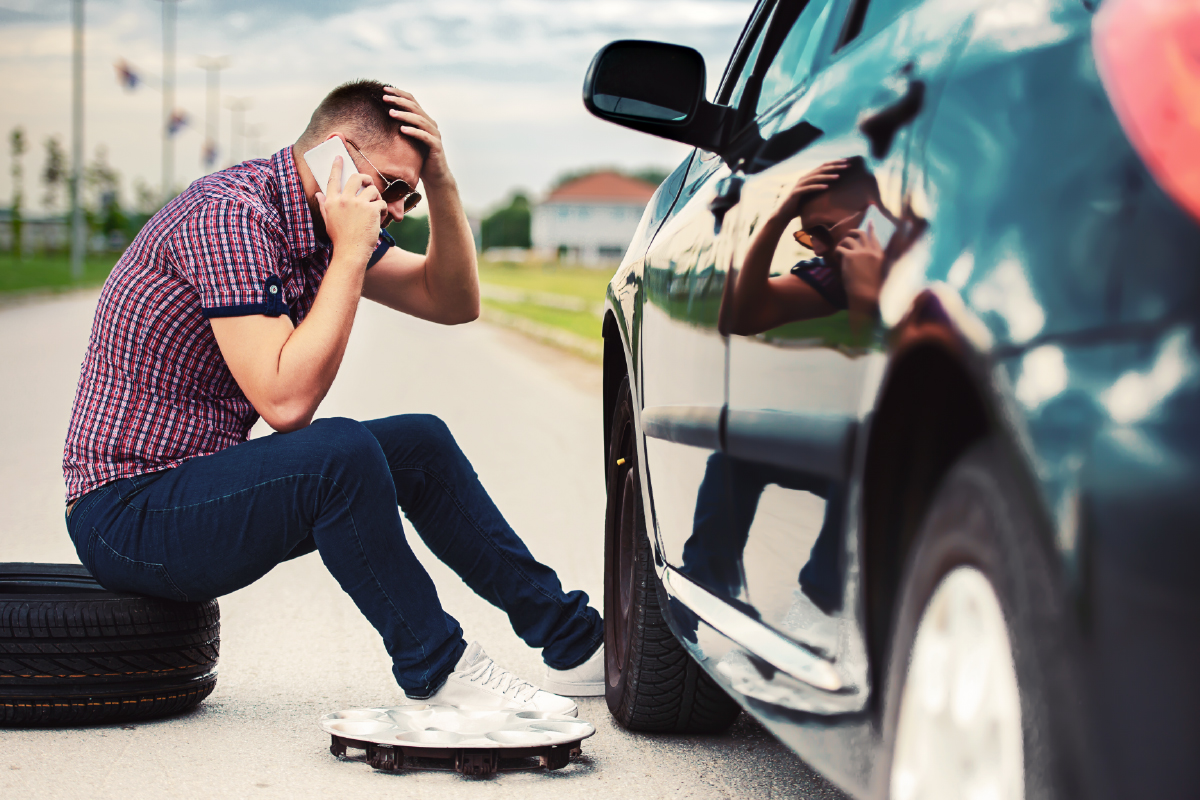
Anyone who’s seen how quickly a supercar can slip off a racetrack because of worn-out tyres will know that, no matter how good your car is, its performance largely depends on the quality of its tyres and the grip they provide. So what exactly do these rough bands of rubber do?
Basically, tyres have four main jobs:
- To support the weight of your car
- To provide traction and braking forces (in other words, drive and stop)
- To absorb road shocks
- To steer by means of a change in the tyre angle.
Why are good tyres so important?
For starters, good tyres are key for a safe and comfortable ride. Poor tyres can undermine your car’s performance, extend your stopping distance and cause you to skid. Plus, if your tyres are underinflated or worn, it’ll increase your fuel consumption and carbon emissions. If they’re overinflated, you’ll have less control and braking will be less stable, which is dangerous. One in every 10 accidents in wet conditions are caused by worn tyres. Further to this, a tyre’s grip on the road is reduced by 75% when it is 50% worn.
How do I maintain my tyres?
Start by following these pointers:
- Check the pressure of your tyres around once a month – to do this, you can buy a simple air pressure gauge or stop at a garage and ask for assistance. The ideal pressure for your car is stated in your car’s manual. Chat to a tyre specialist if you find something unusual, such as one tyre with significantly lower pressure.
- Around the same time, check the condition of your tyres. If you see signs of damage or cracks, don’t put off consulting a specialist.
- If your tyre receives a large impact, such as that from a pothole, ask your specialist to check for external and internal damage.
- If you hear any strange sounds, the steering seems to veer to one side when driving, or your car vibrates, have the balance of the tyres and the wheel alignment checked.
- In general, wheel alignment should be checked every 10 000 km. If your wheel alignment is incorrect, it significantly reduces the tyre’s lifespan because the tread wears out unevenly.
- Check the depth of tread on each tyre. If your tyre is worn out, your vehicle may lose traction and skid when the road is wet. A new tyre has about 8 to 9 mm of tread depth. Once it wears down to the top of the wear bars (raised-bump indicators printed on your tyre), you know it’s time to fit some new rubber. The legal minimum is 1.6 mm for normal tyres, but it’s recommended that you change tyres when the thread is less than 3 mm.
How to change a tyre
Knowing how to change a tyre yourself can save you time, money and stress on the roads – so it’s key that every driver learns how.
Here’s how to change your tyre:
- If you find that one of your tyres are giving you issues, pull over and turn on your hazards.
- If you have a manual vehicle, put it in first gear or reverse. If you have an automatic, put it in park. Put something heavy behind your front and back tyres.
- Check that your spare tyre is properly inflated and take it along with the jack.
- Position the jack on a solid, stable surface and so that it makes contact with the metal frame of your vehicle. Raise the jack until it’s supporting the car. Remove the hub and loosen the tyre nuts, but don’t remove them yet.
- Now, heighten the jack so that it lifts the car, fully loosen the nuts and remove them.
- Take the old tyre off the vehicle and replace it with the spare tyre.
- Hand-tighten the nuts and then lower the vehicle until it makes contact with the ground.
- Finish tightening the nuts, then completely lower the vehicle and remove the jack.
Now you know how to change your tyre. Remember, your tyres play a key role in your driving safety, so treat them well – and happy driving!
Fund up to 100% of your new tyres at Tiger Wheel & Tyre
Keeping your car in roadworthy condition leads to fewer accidents, lower claims and improved road safety. Don’t delay replacing worn tyres. Fund up to 100% of your new tyres using the Insure Funder Account at Tiger Wheel & Tyre. When visiting Tiger Wheel & Tyre, you will get an initial discount of up to 20% on your new tyres, depending on your Vitality Drive status.
For more on how to best take care of your car and get the most out of your car insurance cover, see the Discovery Insure ‘Good Driving’ hub of information here.

